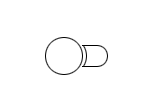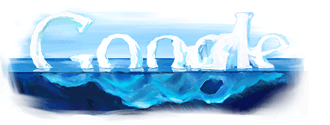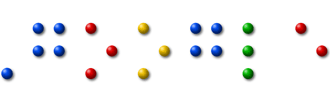Slate has a great read on the design of airline baggage tags. My favorite part is the description of what the design needs to be able to deal with:
Let’s look first at how an ABT is made. In the interconnected, automated, all-weather world of modern aviation, tags must be resistant to cold, heat, sunlight, ice, oil, and especially moisture. Tags also can’t tear—and crucially, if they’re nicked, they must not tear further—as the bag lurches through mechanized airport baggage systems. And the tag must be flexible, inexpensive, and disposable. Plain old paper can’t begin to meet all these requirements. The winning combination is what IATA’s spokesperson described as a “complex composite” of silicon and plastic; the only paper in it is in the adhesive backing.
Bag tags must meet another set of contradictory requirements. They must be easy to attach, but impossible to detach—until, that is, the bag arrives safely at its destination and the traveler wants to detach it. Old tags were fastened with a string through a hole, but mechanized baggage systems eat these for breakfast. The current loop tag, a standardized strip of pressure-sensitive adhesive, looped through a handle and pressed to form an adhesive-to-adhesive bond, debuted with the ABT in the early ’90s. And the ABT, unlike string tags and earlier loop-y tag ideas, is easily attached to items that lack handles—boxes, say. Simply remove the entire adhesive backing and the loop tag becomes a very sticky sticker.
If you really think about it, it’s a pretty daunting set of requirements. The design they went with is not only quite simplistic and easy to print out it’s also quite effective.
While you can reduce it to a mundane sticker it’s a pretty impressive feat of engineering from the selection of a glue that can meet these requirements to a composite “paper”.










